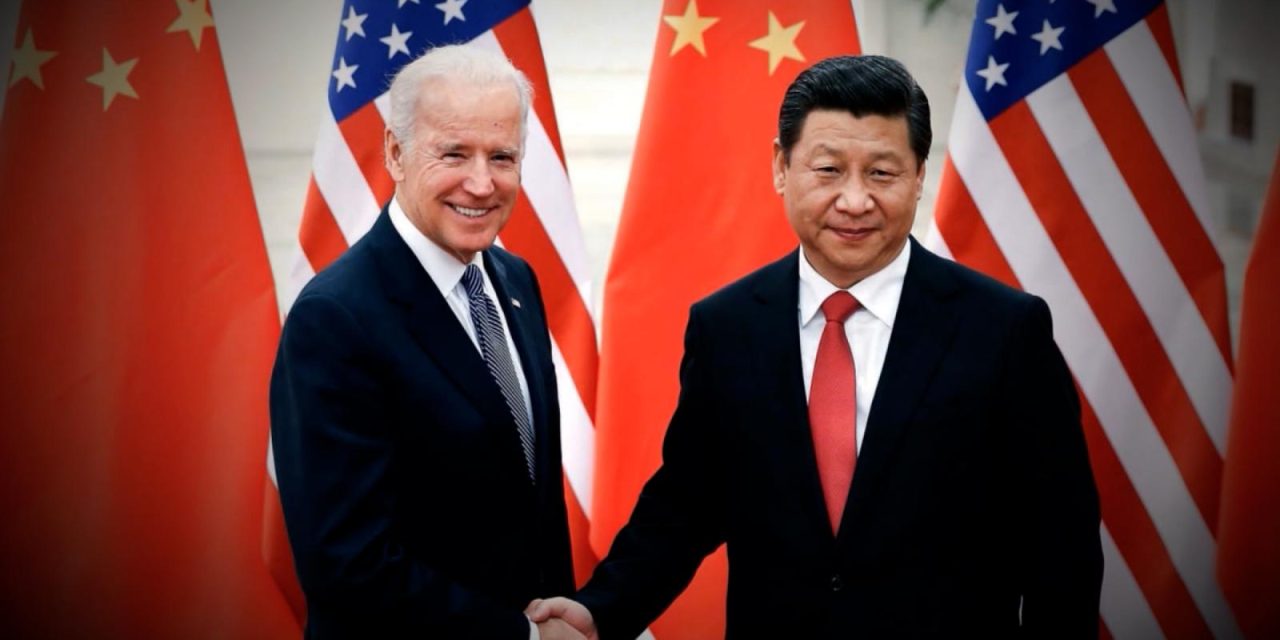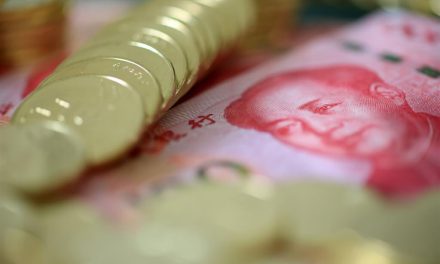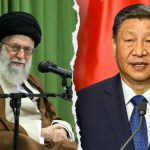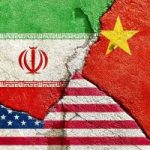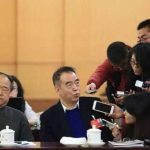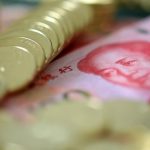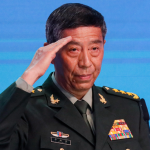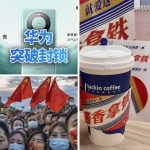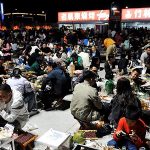BY BRADLEY A. THAYER AND LIANCHAO HAN
The Department of Homeland Security’s (DHS) report on Combating Trafficking in Counterfeit and Pirated Goods is an excellent study of the major problems. Fake goods bought online are more than a nuisance; they also are a national security and public health problem. DHS is cracking down on e-sellers, including third-party sellers, and the shippers and operators of major warehouses such as Amazon, eBay and Alibaba, as well as organized crime’s e-commerce activities.
The public health concern is that pharmaceuticals and cosmetics may be counterfeit and pose a health risk, particularly because most pharmaceuticals are manufactured in China. There remains the possibility of contamination and counterfeiting of critical drugs, such as blood thinners, as well as food, including pet food.
DHS’s action reinforces phase one of the trade deal with China, signed with the U.S. in January. With this agreement, China promised to combat patent theft and counterfeit products, which would include forfeiting machinery used for making counterfeit products. That is a step in the right direction.
The implications of this are considerable, because the global online counterfeit goods market was estimated in 2016 to be more than $450 billion, and DHS has experienced a tenfold increase in seizures from 2000 to 2018.
However, the increase in pirating and counterfeiting is a symptom of three fundamental problems. The first is the cost of the decline of manufacturing in the United States. Counterfeit products have existed since before the Romans, who warned buyers “caveat emptor” — let the buyer beware. But as a result of the loss of American manufacturing, the situation has worsened over recent decades. Fraud committed by a U.S. manufacturer would make the company liable in U.S. courts, with loss of reputation and other indirect or social costs associated with it. Not so with production in China.
With the transfer of manufacturing to China, manufacturing processes cannot be policed in a similar manner. They enter an anarchic “Wild West” environment under the purview of the Chinese Communist Party, where corruption and the lack of effective oversight govern manufacturing. Mainlanders who are able will often travel to Hong Kong to purchase goods manufactured outside of China. They know that manufacturing in China can contain risks for consumers and suppliers, who can suffer loss of profits and damage to reputation.
The DHS report illuminates how the Trump administration is attempting to protect American consumers, but safety can be assured only when the manufacture of pharmaceuticals and other goods necessary for the health and safety of the Americans returns to the United States.
Second, counterfeit production and China’s violations of intellectual property rights augment the country’s economic growth. By calling attention to these violations, and by assigning key responsibilities to the National Intellectual Rights Property Coordination Center, the administration is taking an important step toward checking China’s economic expansion. The recent downturn in the Chinese economy could be accelerated by the administration’s measures.
Third, illuminating how widespread adverse business practices are in China should demonstrate to Americans the dangers and consequences of allowing China to become the “workshop of the world.” Moreover, too few Americans are aware of the exploitation of Uighurs and other Muslim laborers for garment production in what has been called the “cotton gulag.” Were China to surpass the U.S. in global economic and political power, the rules it would set for the global economy would ensure that Americans could not trust the products they might be forced to purchase from China — some of which might have been made in a concentration camp.
The American people cannot envision such a future, and the administration deserves credit for laboring to prevent it.
This article first appeared in The Hill on 02/04/20 2:00 PM ET

